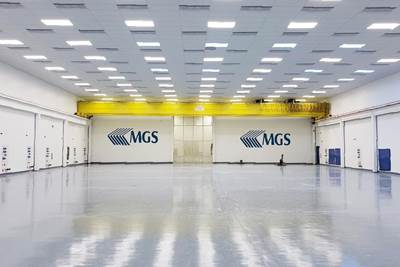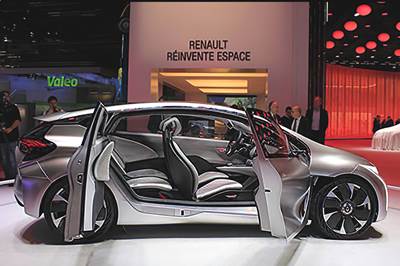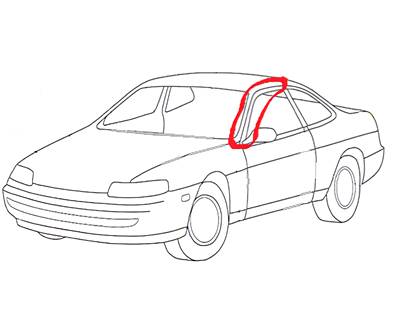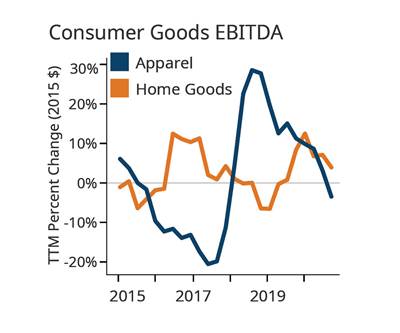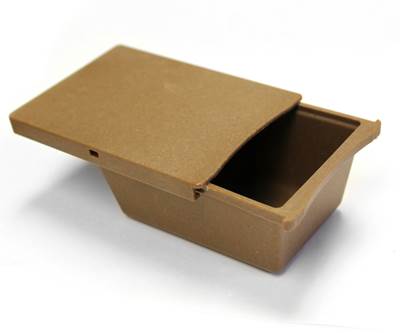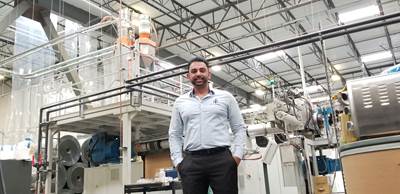End Markets
MGS Creates Healthcare Center of Excellence in Wisconsin
The supplier of tooling, molding and assembly equipment is investing $20 million in its Germantown site, adding a Class 8 cleanroom and 20 presses, while consolidating its Illinois molding operations.
Read MorePoland Spring to Use 100% Recycled Plastic by 2022
However, as recycling rates in the United States still hover around 30%, Poland Spring recognizes that in order to fulfill its commitment to use recycled plastic in its packaging, it must also invest in recycling initiatives.
Read MoreNylon 66 Replacement With the Aid of a Materials-Savvy Distributor
PolySource helped two OEMs—one in beverage packaging, the other in winter sports vehicles—transition from nylon 66 to polyketone (POK) compounds after parts failure.
Read MoreWater Injection Beats Gas Assist in Lightweighting Car Door Panel
Renault’s conversion from metal-frame construction to plastics prototype switched from gas assist to water injection. Here’s why and how.
Read MoreHow to Manage Pressure Loss in Injection Molding
Achieving a process window wide enough to ensure consistent part quality depends on achieving sufficient pressure at end of fill.
Read MoreConsumer Products: A Tale of Two markets
The home goods portion of the consumer products industry is growing. Not so with apparel.
Read MorePlacing a Bet on Bioplastics
Steinwall has put years of R&D into learning to design and mold with biopolymers and natural-fiber reinforcements. Now that groundwork is beginning to pay off.
Read MoreGiving the ‘Royal’ Treatment in PET Packaging
In the U.S. for just seven years, Royal Interpack is emerging as a growing, innovative, customer-centric supplier of food packaging.
Read MoreDiagnosing the Medical Market
Michael Guckes, chief economist for Gardner Intelligence, will analyze the medical device industry using a unique three-pronged approach at the Medical Injection Molding Workshop during Amerimold.
Read MoreNew PLASTICS Report Shows Viable Market for Recycled Plastic Bumpers
Launched in 2015, the ELV Project was designed to study the viability of collecting and recycling plastic car parts, including car bumpers, to eventually be broken down and used as materials to make new products.
Read More
